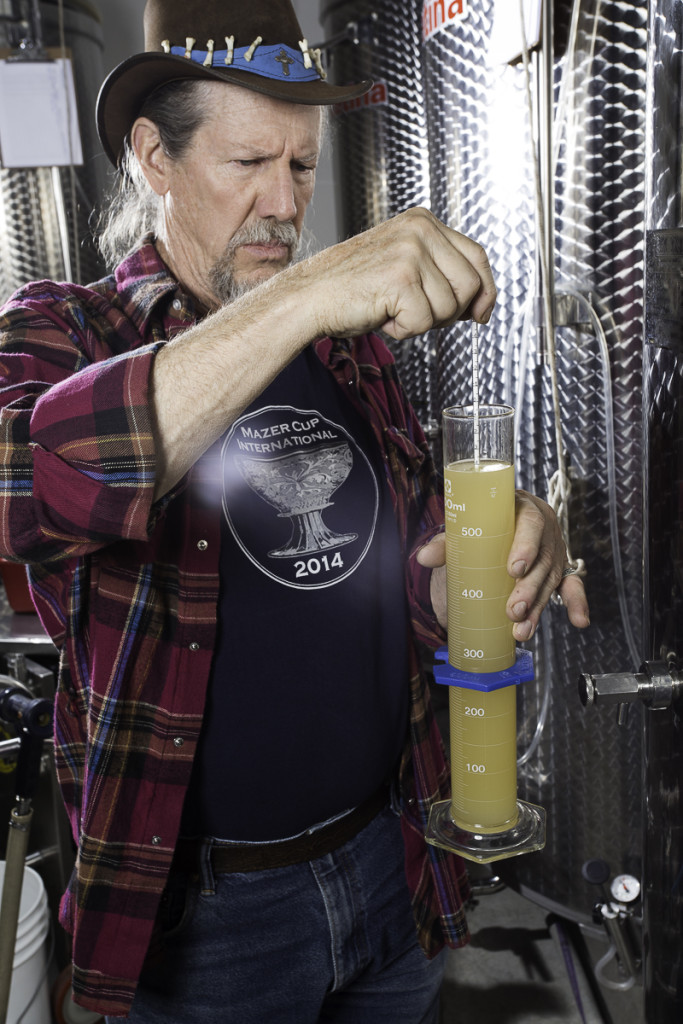
Recreating Ancient Mead Recipes
Mead may well be the most ancient of all alcoholic beverages, as records of ancient mead predate Western Civilization. The ancient Egyptians, ancient Indians and other civilizations from the pre-Hellenic era made and consumed meads.
This has led to a modern interest in recreating ancient mead, in order to revive the tipples of ancient man.
Mead Recipes As Varied As The Cultures That Drank It
 Over the centuries, a plethora of mead recipes were devised, brewed and drank by a variety of cultures around the world. The nations of the Ancient Near East, the Greeks, and Romans, Celts, Norse and Germanic peoples as well as the civilizations of ancient India and more consumed some version of honey wine. The simplest meads, consisting of little more than honey, water, and yeasts, were common but so were a large number of meads brewed with various herbs and spices.
Over the centuries, a plethora of mead recipes were devised, brewed and drank by a variety of cultures around the world. The nations of the Ancient Near East, the Greeks, and Romans, Celts, Norse and Germanic peoples as well as the civilizations of ancient India and more consumed some version of honey wine. The simplest meads, consisting of little more than honey, water, and yeasts, were common but so were a large number of meads brewed with various herbs and spices.
In fact, one of the oldest mead recipes known to have been written down was by Columella, a Roman author from the first century BCE, which was little more than water, honey and wild yeast.
But archeological evidence of mead goes back further than that, and with modern technology’s capabilities of chemical analysis, even older recipes are being unearthed.
Iron Age Mead Recreated by University of Wisconsin-Milwaukee
In 2016, an international team of researchers connected to the archaeology department of the University of Wisconsin Milwaukee teamed with Milwaukee’s Lakefront Brewery, according to NPR to recreate an Iron Age mead recovered from a grave site.
The gravesite dates to somewhere between 400 and 450 BCE in Germany. The occupant’s remains were long gone due to the soil composition, but what remained was a 14-liter cauldron that had a dark residue in the bottom. Analysis revealed that what it contained was a mead and at that, a braggot – a type of mead made with barley and honey.
The brew was found to have been flavored with mint and meadowsweet, a common herb in Europe and Asia that also known – curiously enough – as mead wort, which has long been used in flavoring beers, wines and other foods. Meadowsweet, incidentally, also contains salicylic acid and when Felix Huffmann developed acetylsalicylic acid for Bayer AG, the drug was named for the botanical name of the plant – spiraea ulmira – or aspirin. The brew is said to taste akin to a dry port and having a very interesting herbal, almost medicinal taste without being unpleasant.
More Ancient Meads On The Way?
Unfortunately, UWM’s ancient mead – though it has been adapted for modern brewing processes – isn’t going to be hitting store shelves anytime soon, but the university’s College of Letters and Sciences is going to be creating a program to recreate other ancient drinks based on archaeological evidence. Other ancient meads are surely to be included.
Other ancient brews have been recreated before, such as Dogfish Head’s Midas Touch ale and others. Take a look at our anchieent mead for sale or if you’re up for it make your own with our mead brewing kit.

Help Save The Bees By Drinking Mead
